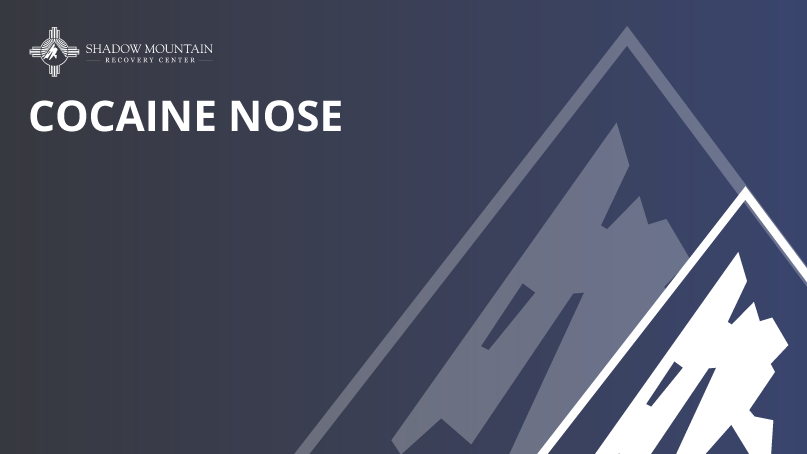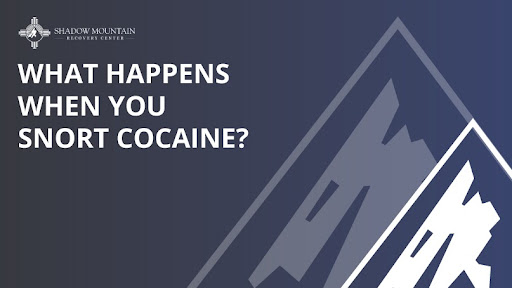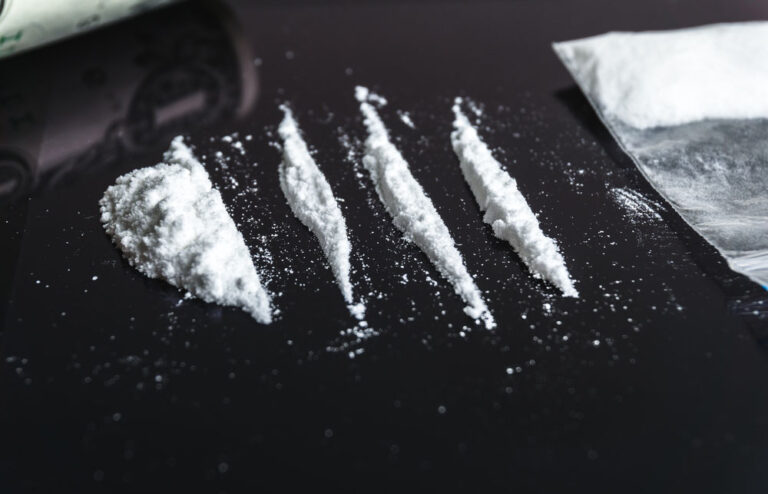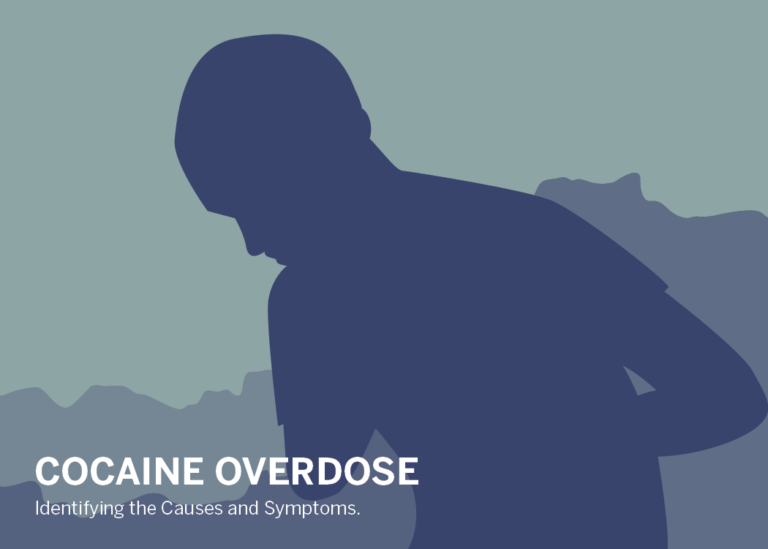Cocaine Nose
About 13% of New Mexico residents have used cocaine within the year. While many people might know that long-term substance use can come with a variety of side effects, not everyone realizes exactly how detrimental the side effects can be.
With long-term cocaine use, one of the many parts of your body that it can impact is your nose. But why is that? What is cocaine nose? At Shadow Mountain Recovery, we believe that a part of recovery is also education and understanding. We address and treat the whole person instead of just one individual concern.
So how exactly does cocaine nose develop? What happens when you use cocaine long-term? Are any of the potential damages fixable? Let’s dive in and find out.
A Look at Cocaine Nose
Cocaine is a stimulant derived from a coco plant native to South America. It is extracted from the leaves and normally comes in a powdery or crystal-like form. One of the more common ways for people to partake in cocaine is by snorting it. Because of the nature of how cocaine is snorted, doing this can damage the lining inside of your nasal passages. The powdery form of cocaine isn’t inherently smooth. The small, but rough particles can irritate the membrane and eventually lead to lasting damage.
Damage Done to the Nose by Cocaine Use
The longer someone uses cocaine, the worse the damage that can be done to the body, in this case the nasal passageways. It can start with inflammation, but continual damage to the membrane during this can also lead to damage to the direct tissue and bone in the nose. Some people experience nasal septal perforation, which is when a hole between the nasal passageways develops. Here are some other side effects that can occur with long-term cocaine use via snorting:
- Frequent nose bleeds
- Loss of smell
- Sinus infections
- Difficulties swallowing
How Does Damage to the Nose Occur?
Many substances are “cut” when they’re distributed, meaning that they’re mixed with other substances to help the dealer make a larger profit. Because of this, many people aren’t always fully aware of what might be in their cocaine when they’re taking it. This can further contribute to potential damage when using cocaine.
The primary reason people damage their noses when snorting cocaine is due to the powder of cocaine itself. To the naked eye it might appear smooth, but the small particles within cocaine powder can irritate the nasal membranes and cause damage over time. Other unknown or potentially rougher substances cut with cocaine can continue or quicken the damage done to the nasal passageways when ingested.
Irritation to the Nasal Lining
The more often someone uses cocaine via snorting, the quicker the damage can occur. The first symptoms someone might notice are a runny nose, sniffling, or a sinus infection. This is due to the irritation the powder causes to the mucus lining of your nasal passageways. This lining is there to protect your nose from outside harm and help keep your nose moist so you don’t get nosebleeds. Damage to this reduces mucus production, and with long-term use, can eventually start to damage the tissue itself. This can also potentially weaken your immune system, as there are many hairs inside of your nose that help filter the air you breathe. If these get damaged, more harmful particles and bacteria can more easily enter your body.
Signs of Cocaine Addiction
Cocaine impacts the levels of dopamine in the body.. Normally, the rewarding feeling we get from the release of dopamine (which can occur naturally when doing things we enjoy such as eating, being with loved ones, or having sex) doesn’t last very long. The body recycles it back into the system. Using cocaine interrupts this process, making the euphoric feeling last longer. This euphoria can be a contributor when it comes to addiction.
Cocaine isn’t just taken via snorting, it can also be rubbed on the gums, smoked, or injected. These forms of use can also cause their own forms of lasting damage, such as asthma, pneumonia, or even bowel decay. While these symptoms can be a pain on their own, there are other signs of cocaine use if you can look out for if you think a loved one might be dealing with cocaine use disorder.
Short-term Effects
When someone is using cocaine, there are some immediate and short-term effects that you can look out for such as:
- Extreme energy levels
- Hypersensitivity to sensory things (lights, sound, touch, etc)
- Irritability
- Paranoia
Long-term effects
Taking cocaine over a longer period of time can start to impact other parts of the body. These are just some of the effects that can happen:
- Dilated pupils
- Nausea
- Tremors or muscle twitches
- Restlessness
- Nosebleeds
- Coughing and respiratory distress
- Depression and anxiety
- Malnutrition
- Scarring
There are also symptoms that aren’t visible, such as constricted blood vessels, raised body temperature, irregular heartbeat, and a higher risk of contracting bloodborne illnesses such as HIV, hepatitis C, and more.
Overdose
You can overdose on cocaine, especially when taking it in combination with other substances such as alcohol or heroin. When taking cocaine with other substances, the risk of overdose can increase.
Here are some signs that you or someone you know might be experiencing an overdose:
- Chest pain
- Panic
- Hallucinations
- Tremors
- Breathing irregularities
- Seizures
- Nausea and vomiting
- Stroke
Here in New Mexico, our Good Samaritan Law prevents people from getting into legal trouble if they seek medical help for an overdose. If you notice someone experiencing an overdose, don’t be afraid to seek help.
Cocaine Treatment Options Available
The path to recovery from cocaine use disorder is possible. Even some of the more extreme long-term effects, like nasal septal perforation, can be managed or repaired with things like grafts. Of course, one of the first steps toward recovery usually involves detox in addition to either inpatient or outpatient treatment as well.
Here at Shadow Mountain recovery, we believe in addressing the whole person in order to help them find their unique path to wellness. We know that every recovery journey is different, which is why we offer a variety of evidence-based treatment options to make sure our clients can find what works best for them.
Our cocaine detox program can help you reach a point where you can focus on recovery instead of withdrawal or other side effects. Our professional, licensed staff will be with you along the way. Afterward, your next steps will be discussed with your medical team in order to determine what level of care will work best for your recovery.
If you have any questions about our programs, detox, cocaine use, or anything else, don’t hesitate to give us a call today at 505-657-2117.









